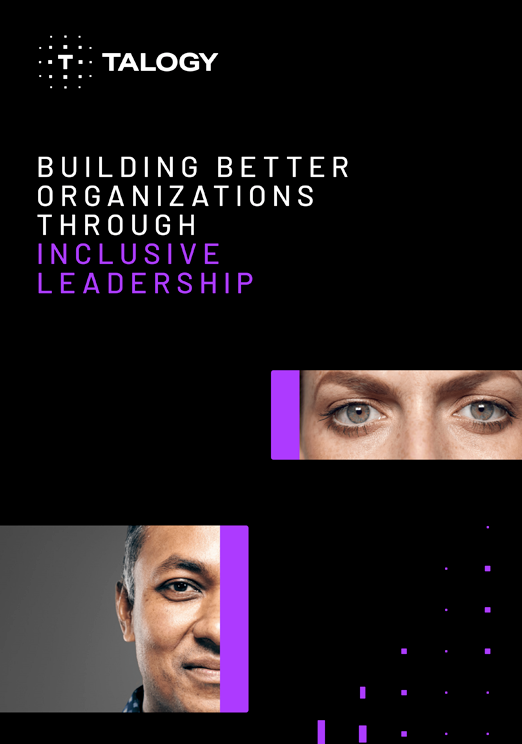Say you’ve gotten good business results from using personality assessments, and now you want to expedite the talent-acquisition process. One of your first inclinations: Pinpointing your top performers, getting their assessment results, and hiring in someone’s image. Unfortunately, while this may be enticing, it is rife with drawbacks.
Dr. Jennie Hollmann, Caliper’s director of Organizational Research, says the goal should be to “match applicants to a job, not measure them against an ideal person.” Still, she admits there is a temptation to create a clone army.
“On the surface, it makes sense,” Jennie says. “The person did well – get more of him. Then you do, and you wonder why it doesn’t always work out, especially if the job is changing. In some cases, there might be a greater overall performance if not everyone is exactly the same. This is why it is important to hire to the job.”
Work groups benefit from diversity. You need idea people and vocal communicators, but facilitators and implementers are equally valuable. If you hire all outspoken “champions” who think in big-picture terms, who’s minding the shop and getting things done?
There are several dangers to hiring in someone’s image. Namely, personality does not predict every aspect of job performance. Also, at what level are your top employees performing, and do you need to raise the bar? You also need to consider when you last assessed a person and if it was based on current job criteria.
“A lot of times, while it may be interesting and give you some guidance to understand the personality traits of your top players, you probably don’t want to hire in that vein,” Jennie adds. “You’re better off understanding the requirements of the job now and in the future.”
When thinking ahead, consider the following:
- Is your business going to continue to grow, or are you in a period of stasis?
- What role will innovation play?
- Will you have to perform more work with fewer resources?
The answers to these questions will shape the solution Caliper crafts for you. Accordingly, we will help you understand the job through the creation of a competency model.
Let’s take a Mid-Level Manager, someone who typically has to manage processes, drive results, build teams, and delegate. But let’s say times are tough and the manager has to “do more with less.” With Caliper’s expertise and job models, you’re not stuck with a fixed formula. Competency models are fluid and can adjust as business needs change. This is not the recipe to Grandma’s Sunday Sauce. Caliper can change the ingredients as the role morphs. A dash of active listening, managing innovation, business acumen, and strategic talent management can be added to the metaphorical saucepan at any time.
Going forward, even your well-established positions may change, so it doesn’t pay to fixate on those who have achieved over the past few years, let alone a decade ago.

